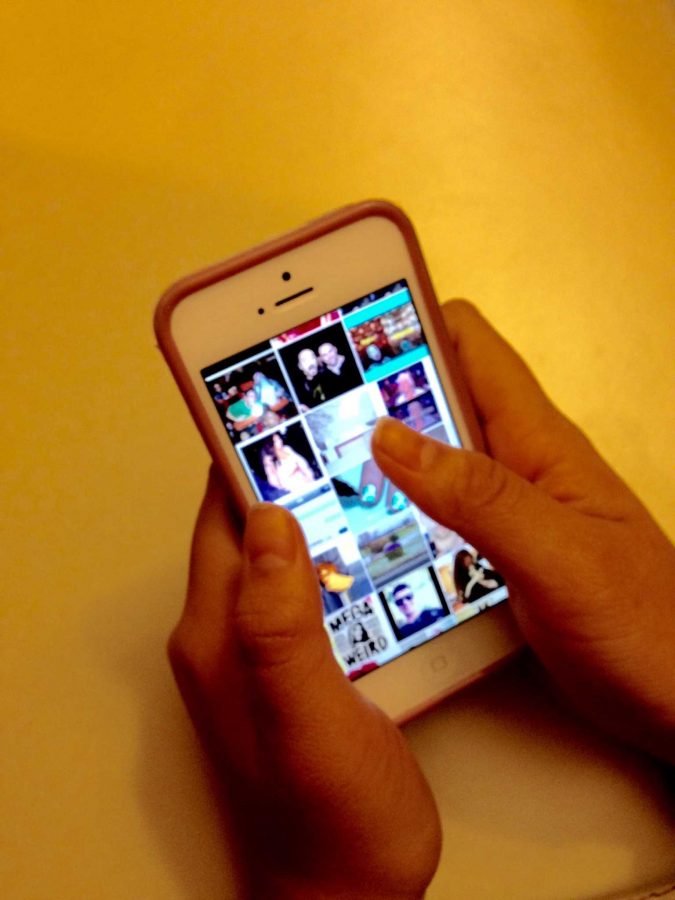Social media’s effect on teens
Nowadays, social media is becoming more and more popular due to the improvement of technology. Whether it is Twitter, Instagram, or Facebook, teens spend countless hours online turning their casual checking into an addiction. The current generation is evolving so quickly that teens have changed the way they communicate. Photo Courtesy: Amy Deng
November 20, 2014
Social media has been developing for countless years now and the long exposure to teens in the recent generation has affected them in a lot of ways.
It creates a barrier for direct communication person to person and the process of making friends changes. Instead of making friends face to face, it occurs on social media.
“I think that social media, although it has its various positive outcomes and advantages, it is ruining society,” sophomore Anais Cabello said.
When friendship is conducted online and through texts, kids are doing this in the context that is the complete opposite of one that is more personal. This form of communication can be intimidating and requires less effort.
“So many people are completely addicted to it and I feel like it changes people and our expectation on how we should act, what we should say, or what to wear,” Cabello said.
Conversations made online and through texts allow the people communicating to lose the ability to process the words through hearing, which can change the way they read the context.
Social media can also lead to psychological and health issues. Spending too much time online can create a number of anxiety and personality disorders.
“I feel like social media is a big waste of time and a distraction,” sophomore Lily Retford said.
The amount of time spent online can make people become addicted and draw some teens away from having relationships with themselves and with people around them.
Additionally, the lack of time spent communicating in person with others can allow people to lose track of being themselves due to trends they see and changes them to lose the creation of self-identity.
Source: Child Mind Institute







